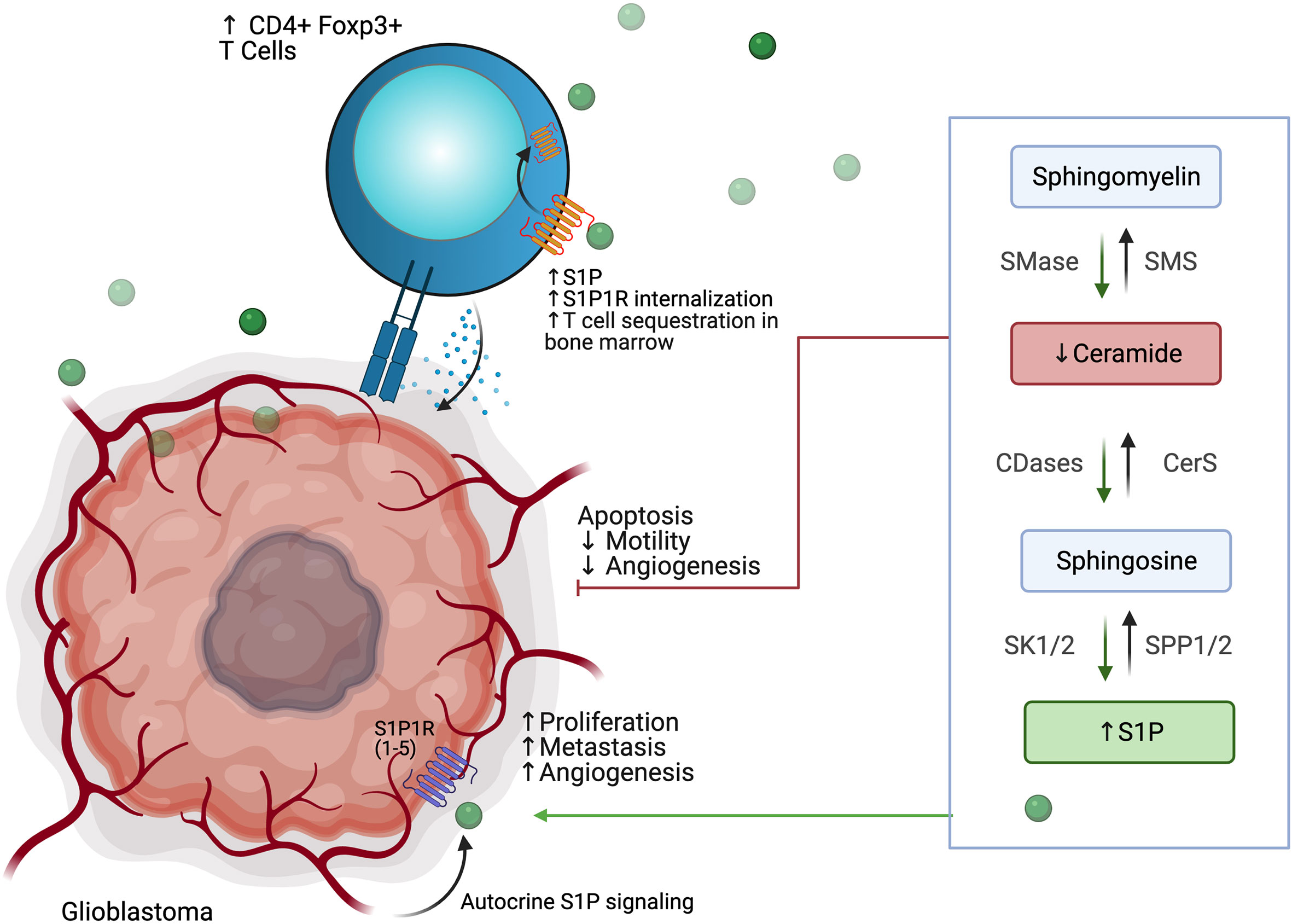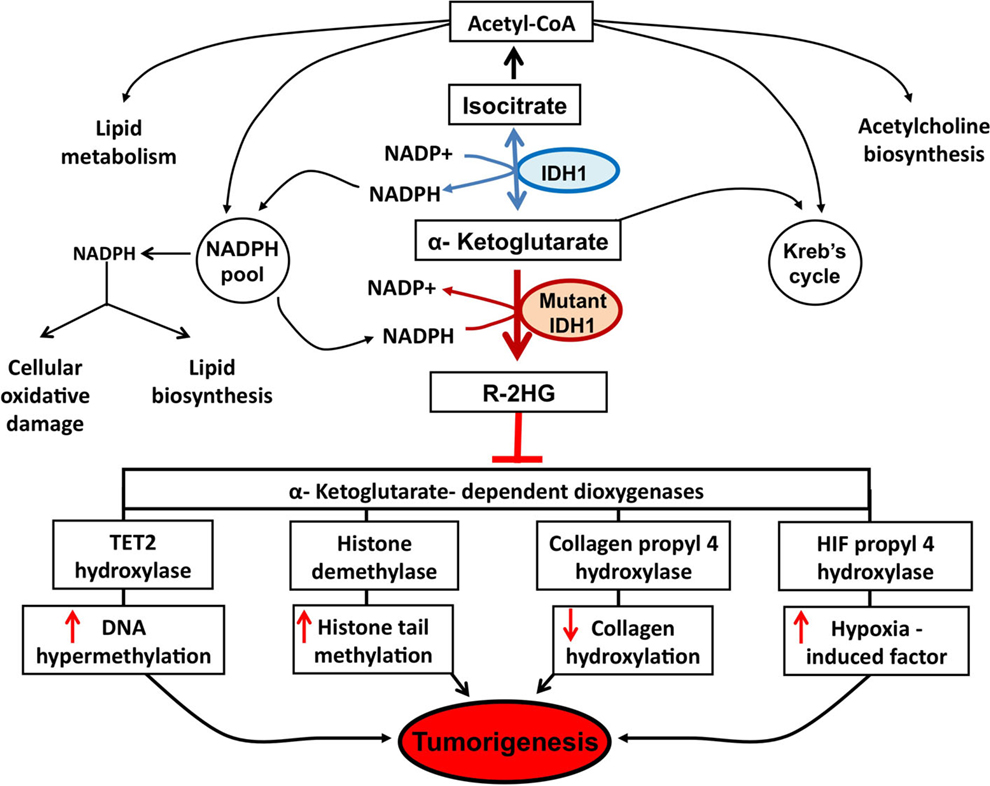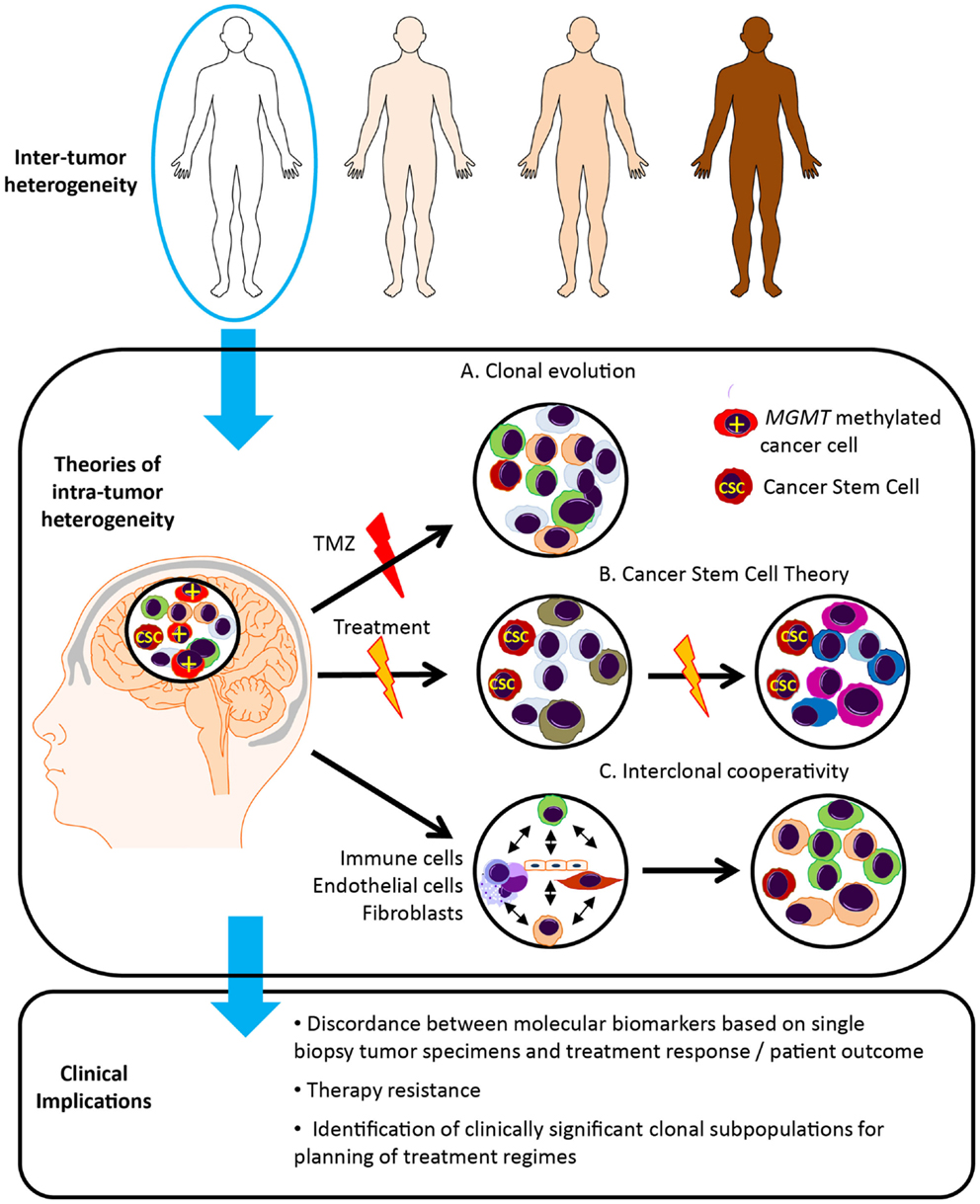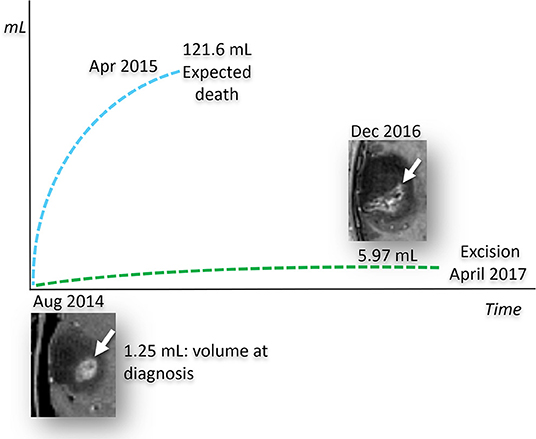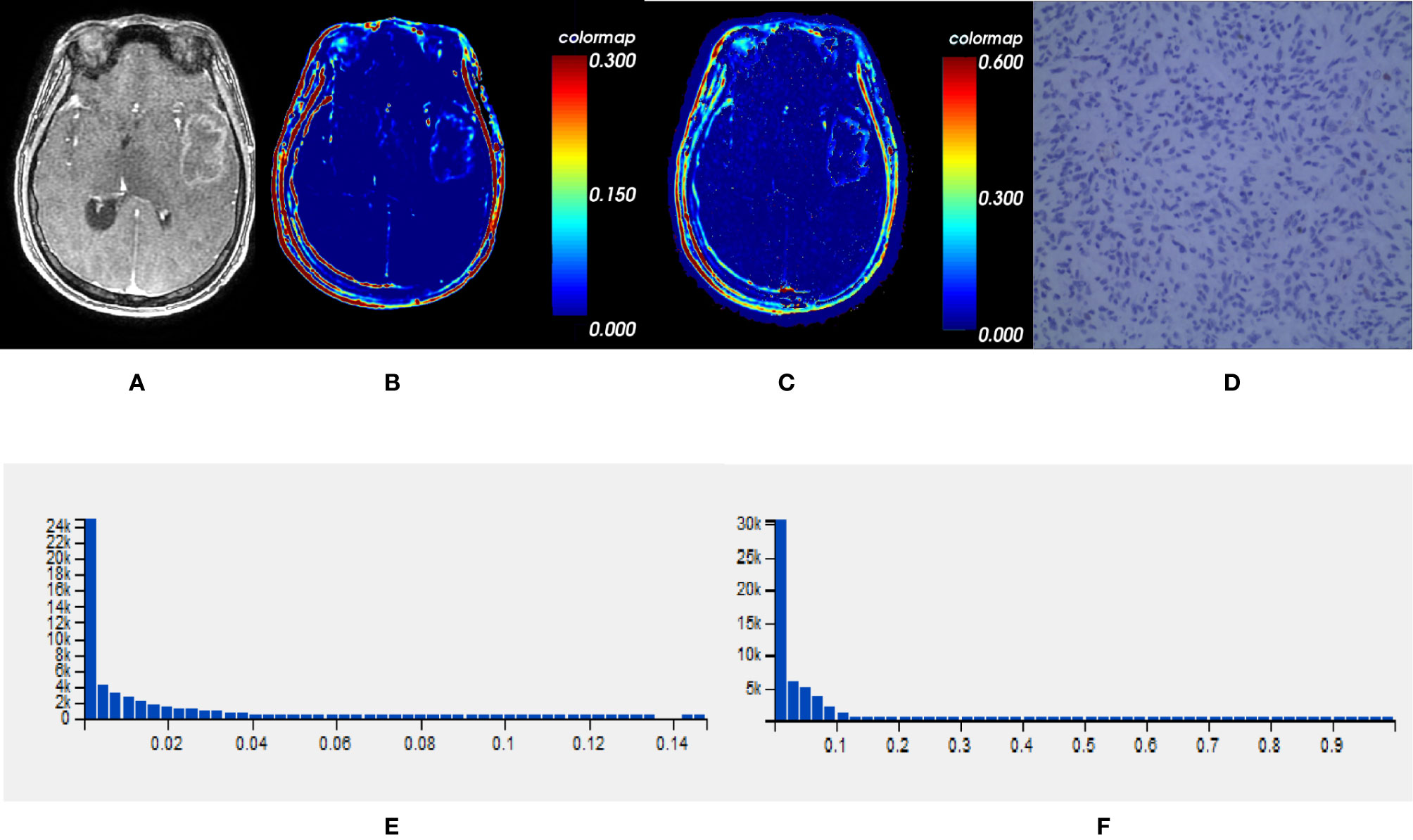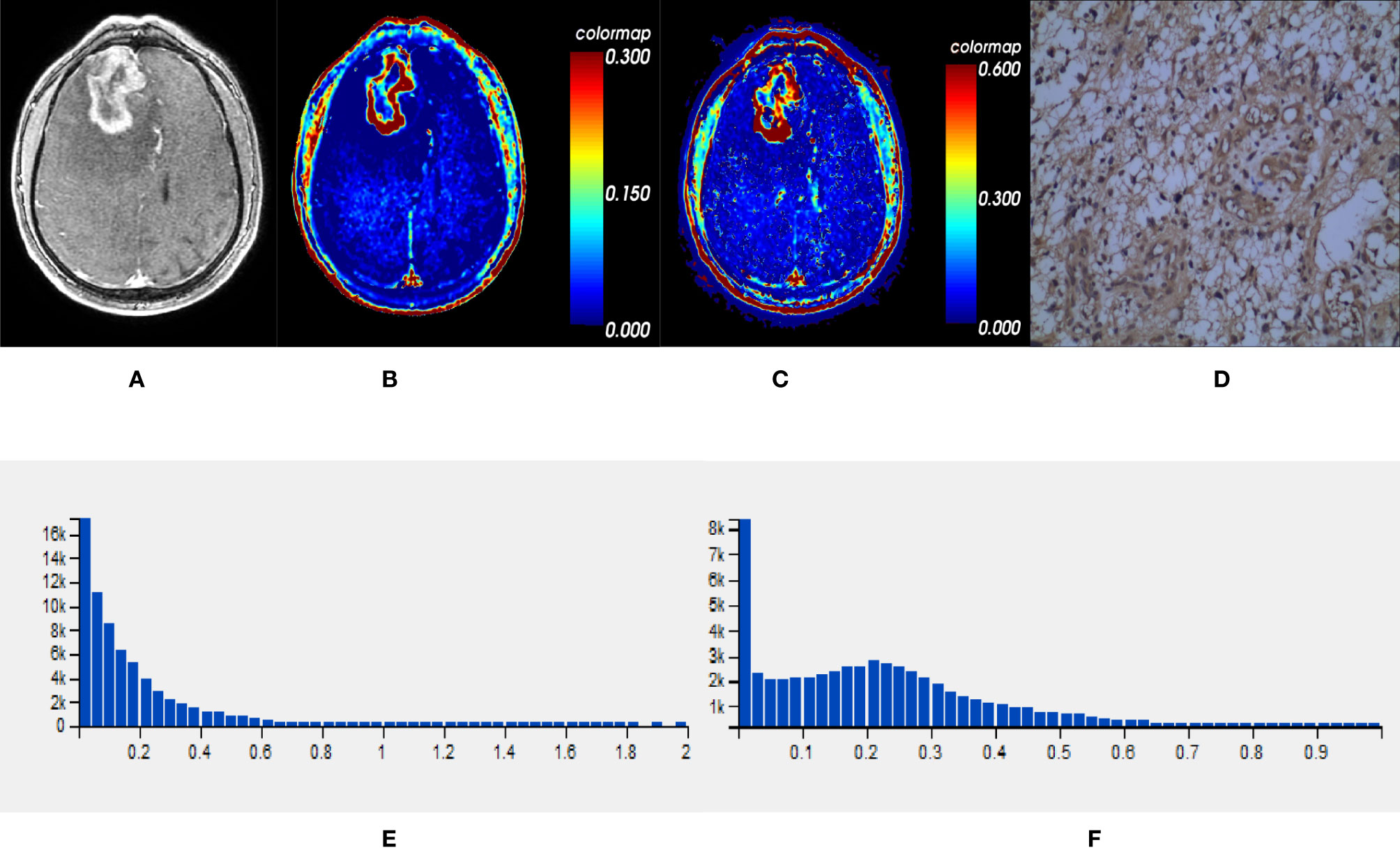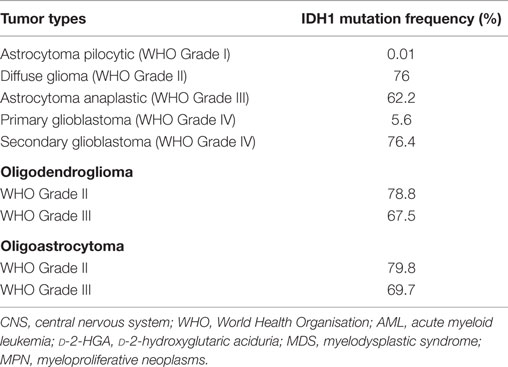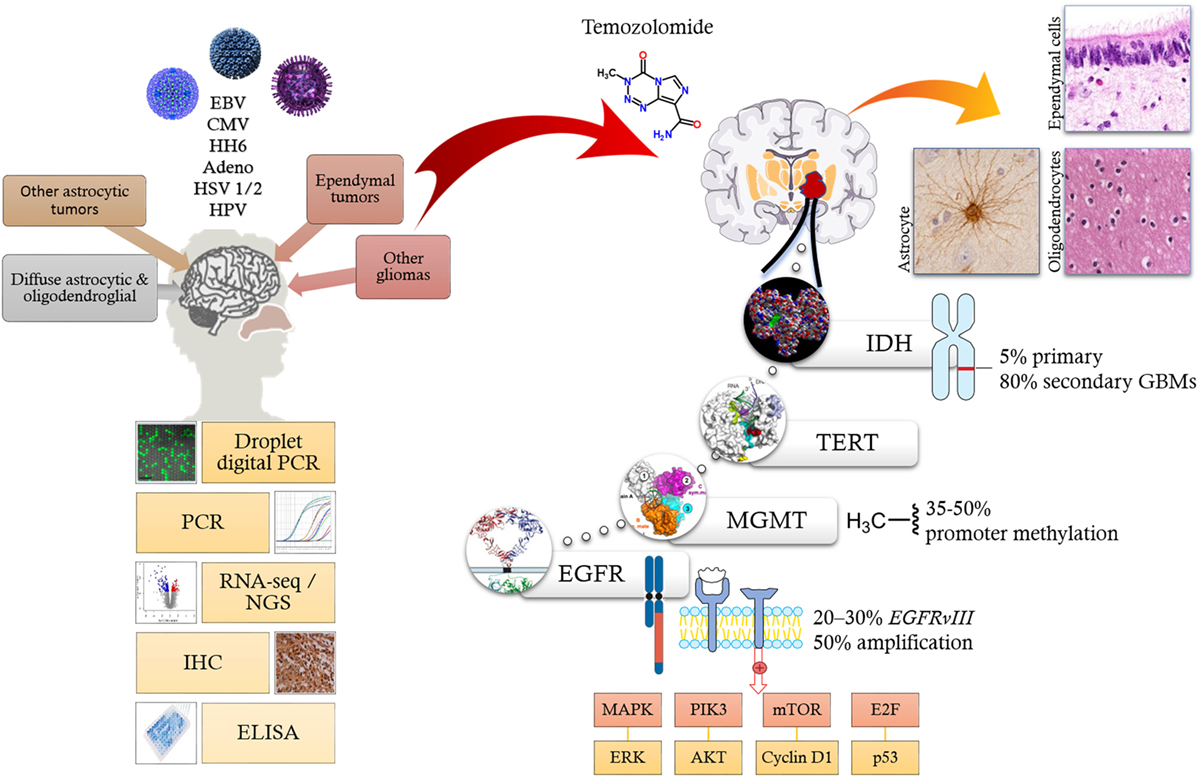Glioblastoma, a type of brain cancer, is a devastating disease that affects thousands of patients and their families worldwide. Despite advancements in medical science, the prognosis for glioblastoma remains grim. In this article, we will explore the IDH1 mutation in glioblastoma and its potential impact on treatment strategies.
As investors interested in the field of biotech and investing, it is crucial to understand the complexities surrounding this silent killer and the opportunities it presents.
What is glioblastoma?
Glioblastoma, also known as GBM, is an aggressive and devastating form of brain cancer that originates from the glial cells found in the brain. Glial cells play a crucial role in supporting and protecting the neurons, but under certain circumstances, they can undergo malignant transformation, giving rise to glioblastoma tumors.
One of the defining characteristics of glioblastoma is its highly infiltrative nature. The tumor cells have the ability to invade surrounding healthy brain tissue, making complete surgical removal extremely challenging.
This invasive behavior contributes to the aggressive nature of glioblastoma and explains why it is often associated with a poor prognosis.
The symptoms of glioblastoma can vary depending on the location and size of the tumor within the brain. Common symptoms may include severe headaches, seizures, cognitive impairment, personality changes, and motor deficits. These symptoms can significantly impact a person’s quality of life and overall well-being.
Despite advancements in medical research and treatment options, glioblastoma remains a formidable opponent in oncology. Even with aggressive treatment approaches such as surgery, radiation therapy, and chemotherapy, recurrence rates are high due to residual tumor cells that may be left behind after surgery.
The mortality rate for glioblastoma is unfortunately quite high. The average survival time from diagnosis ranges from 12 to 15 months despite intensive therapies. This emphasizes the urgent need for further research into innovative treatment strategies that can improve patient outcomes and offer hope for those affected by this devastating disease.
The Devastating Impact of Glioblastoma on Patients and Their Families
Glioblastoma, a malignant brain cancer, has a profound impact on patients and their loved ones. Symptoms include debilitating headaches, seizures, cognitive decline, personality changes, and motor dysfunction. Families are thrust into the role of caregivers, facing emotional turmoil and strained relationships.
With limited treatment options due to its aggressive nature, the rapid progression of glioblastoma adds urgency and uncertainty to an already challenging situation.
Current treatment options and their limitations
Treating glioblastoma, a malignant brain tumor, is challenging. Surgery, radiation therapy, and chemotherapy are the primary methods used. However, these treatments have limitations in terms of prolonging survival or improving quality of life.
Complete tumor removal is difficult due to glioblastoma’s infiltrative nature, leading to high recurrence rates. Radiation therapy can shrink tumors but has adverse effects on healthy brain tissue. Chemotherapy faces challenges with limited drug entry into the brain tissue where it’s needed most.
Despite ongoing research, innovative approaches are needed to overcome these limitations and improve patient outcomes.
| Treatment Option | Limitations |
|---|---|
| Surgery | Difficulty in achieving complete removal leads to high rates of recurrence |
| Radiation Therapy | Adverse effects on healthy brain tissue |
| Chemotherapy | Limited entry of drugs into brain tissue |
Genetic research has uncovered mutations in the IDH1 gene in glioblastoma patients, providing insights into tumor growth mechanisms. This discovery opens doors for developing personalized therapies based on genetic profiles, offering hope for better survival rates and improved quality of life for those affected by this devastating disease.
Explaining the IDH1 Gene and its Role in Normal Cellular Function
The IDH1 gene encodes the isocitrate dehydrogenase 1 enzyme, which is essential for cellular metabolism. It converts isocitrate into alpha-ketoglutarate, a crucial molecule in energy production. However, mutations in the IDH1 gene lead to a faulty enzyme that produces an altered form of alpha-ketoglutarate.
These mutations can have implications for normal cellular function and contribute to diseases like gliomas, malignant brain tumors. Understanding the role of the IDH1 gene provides insights into cellular metabolism and potential therapeutic targets for associated disorders.
How scientists discovered the IDH1 mutation in glioblastoma patients
Understanding the genetic mutations that drive aggressive cancers such as glioblastoma is crucial for developing effective treatment strategies. Scientists made a significant breakthrough in this area when they identified the IDH1 mutation through large-scale genomic sequencing studies.
By examining numerous glioblastoma samples, researchers were able to analyze the DNA and identify specific alterations within the IDH1 gene. This discovery shed light on how this mutation contributes to the development and progression of glioblastoma.
The IDH1 gene encodes an enzyme called isocitrate dehydrogenase 1, which plays a vital role in normal cellular metabolism. However, when mutated, it can lead to abnormal cell growth and division, contributing to tumor formation.
Genomic sequencing techniques allowed scientists to compare the DNA sequences of cancerous cells with healthy cells, pinpointing specific alterations unique to glioblastoma patients. This enabled them to isolate the IDH1 mutation as a key driver of this aggressive form of brain cancer.
Further studies revealed that the presence of the IDH1 mutation influences various biological processes within glioblastoma tumors, including altered metabolism and changes in epigenetic regulation. These findings opened up new avenues for targeted therapies that specifically address these molecular abnormalities.
Moreover, understanding the genetic landscape of glioblastoma through identification of mutations like IDH1 has paved the way for personalized medicine approaches. Researchers can now develop treatments tailored to individual patients based on their unique genetic profiles.
Initial Observations Linking IDH1 Mutation to Better Patient Outcomes
Patients with the IDH1 mutation in glioblastoma have shown improved survival rates compared to those without the mutation. This discovery has sparked further research into understanding how this genetic alteration affects cellular processes and its potential implications for treatment strategies.
The IDH1 gene encodes an enzyme called isocitrate dehydrogenase 1, which plays a role in normal cellular metabolism. When mutated, this gene leads to abnormal production of a metabolite called 2-hydroxyglutarate (2-HG). Accumulation of 2-HG disrupts cellular processes and contributes to glioblastoma development.
Studies have indicated that the presence of the IDH1 mutation may influence tumor behavior by altering key pathways involved in cell growth and survival. These mutations are associated with reduced angiogenesis, limiting tumor expansion and metastasis.
Additionally, glioblastomas with the IDH1 mutation often possess distinct molecular characteristics such as altered DNA methylation patterns and changes in gene expression. These differences provide insights into glioblastoma biology and may serve as potential biomarkers for personalized treatment approaches.
Understanding the impact of the IDH1 mutation on glioblastoma is crucial for developing targeted therapies that can improve patient outcomes. Further exploration of these initial observations holds promise for enhancing treatment strategies against this aggressive form of brain cancer.
Understanding how the IDH1 mutation alters cellular processes in glioblastoma
The IDH1 mutation plays a significant role in altering the cellular processes within glioblastoma tumors. This genetic alteration affects the production of alpha-ketoglutarate, leading to widespread changes in cellular metabolism and epigenetic regulation. These alterations promote tumor growth and contribute to the aggressiveness of glioblastoma.
The mutant form of alpha-ketoglutarate provides cancer cells with a metabolic advantage, rewiring their metabolism to support rapid cell proliferation and survival. Additionally, it disrupts normal patterns of DNA methylation, resulting in changes in gene expression and enhancing tumor aggressiveness.
Understanding these molecular mechanisms is crucial for developing effective strategies to diagnose and treat glioblastoma.
Examining the Potential Benefits of the IDH1 Mutation for Treatment Strategies
The presence of the IDH1 mutation in glioblastoma patients offers exciting possibilities for improved treatment approaches. Targeting mutant IDH enzymes has shown to slow tumor growth and promote a less aggressive cancer phenotype.
Patients with the mutation may also have an enhanced response to chemotherapy and radiation therapy, suggesting tailored treatment regimens could be developed. Additionally, targeted therapies are being explored to selectively inhibit mutant IDH enzymes, minimizing side effects.
Pharmaceutical companies have lucrative opportunities in researching and developing glioblastoma treatments, contributing to better patient outcomes.
| Potential Benefits |
|---|
| Slowing tumor growth and promoting a less aggressive cancer phenotype |
| Enhanced response to chemotherapy and radiation therapy |
| Potential implications for targeted therapies |
In summary, the IDH1 mutation holds promise for improving treatment strategies in glioblastoma. By targeting this genetic alteration, researchers aim to slow tumor growth, enhance treatment responses, and explore tailored therapies that selectively inhibit mutant IDH enzymes.
Pharmaceutical companies investing in research and development have significant opportunities in this field, offering hope to patients with this devastating disease.
[lyte id=’PDo5qYADbAA’]
